Description of the Competitor cucumber variety, planting and growing features
When buying seeds, any gardener pays attention to the crop yield, ripening time, growing conditions and taste of vegetables. Having planted an early ripe variety of cucumbers Competitor, you can enjoy the taste of fresh crispy cucumbers throughout the summer, which are also great for winter harvesting. The variety is not a hybrid, harvested seeds can be used for future crops.
Description of the variety
In 1980, the breeders of the Crimean branch of the Vavilov All-Union Institute of Plant Industry bred the Competitor cucumber variety intended for cultivation in the southern regions of the country. Today, the geography of cultivation also covers areas with a less warm climate.
This is a crop with an early ripening period - the first cucumbers can be harvested as early as 1.5 months after planting the seeds in the soil. The plant forms female and male flowers, pollinated by bees. A fruit is tied from female flowers, male flower stalks serve only to attract flying insects.
An adult bush has a powerful root system and a long, weaving stem with bundle ovaries. Leaves are heart-shaped. The rapid growth of the stem with numerous tendrils allows the plant to catch on to any support.
The Competitive cucumber variety has a high yield and a long fruiting period. With proper fit and proper care from 1 m2 you can harvest up to 6 kg of vegetables. Cucumbers are harvested from June to late August. The long stem (6-7 cm) makes harvesting much easier.
As you can see in the photo, the fruits of medium size have a regular cylindrical shape, they grow up to 15 cm in length. The weight of a cucumber is about 125 g. The color of the vegetables is dark green, the surface is lumpy with black thorns.
According to gardeners' reviews, cucumbers of this variety have dense juicy flesh, do not taste bitter with proper watering, they are great for pickling and canning... In winter, vegetables remain strong and crispy.
The Competitor has one drawback - overripe fruits are not suitable for eating, since the skin becomes yellow and thick, and the flesh becomes loose.
How to select and prepare seeds?
Competitor cucumber seeds can be purchased at the store or collected from grown vegetables yourself. This is possible since the variety is not a hybrid. You should take seeds located in the front half of the fruit, away from the stalk. Vegetable growers have noticed that seeds harvested 2-3 years ago have the best germination. When stored properly, a cucumber seed retains its viability for 6 years.
In order to select small, empty and non-viable seeds from the total mass, calibration is carried out as follows. 30 g of sodium chloride are poured into 1 liter of water and stirred until the crystals are completely dissolved. The seeds are poured into a saline solution. After a while, husks and defective seeds will appear on the surface, and those suitable for planting will sink to the bottom.
The seed is then disinfected with potassium permanganate. For this, the seeds are placed in a weak solution of potassium permanganate for 12 hours, after which they are washed with running water.
Competitor cucumbers can be planted with both seeds and seedlings. In the second case, the possibility of partial germination is excluded, and cucumbers appear two weeks earlier. But the seedlings do not tolerate transplanting well, and young plants do not always take root.
Landing rules
Competitor cucumbers grow well both in the greenhouse and in open areas.The mature bush has a long, highly branched stem, so it takes up a lot of space. From the description of the variety, it is clear that this culture is not suitable for narrow beds.
In different regions, seeds are planted at different times, depending on the climatic conditions of the region. The main condition is that the soil should warm up to + 15 ° С, and the average daily air temperature should be kept at + 20 ° С.
Ridges for planting cucumbers are prepared in the fall. The earth is carefully dug up to a depth of 15 cm, organic fertilizers (manure, biohumus) are applied, potassium and phosphorus are added. The best precursor to cucumbers is cabbage and cauliflower. When planting seeds, gaps of at least 40-50 cm are left between them, between the ridges - 70 cm.
It has been noticed that vegetables of this variety grow and bear fruit better if they tie to the trellis... In this position, the lashes do not get confused with each other, the plantings are ventilated and evenly illuminated by the sun, it is convenient to harvest.
How to care for a competitor's cucumbers?
Cucumber variety Competitor is unpretentious in growing conditions, but requires some care. A full harvest cannot be obtained without regular watering, loosening and fertilizing the soil, forming the stem and side branches.
- For watering cucumber beds, you must use warm, settled water. The amount of watering depends on the humidity of the climate and the weather conditions in the region. The main thing is that the ground around the stem of the plant does not dry out to a depth of more than 5 cm. Cucumbers are guests from the tropics (the homeland of these vegetables is India). Therefore, they prefer warmth and moisture and cannot withstand direct sunlight.
- With a lack of moisture, fruiting decreases, the taste characteristics of the fruits deteriorate, they acquire a bitter taste... If you overdo it with watering, then the root system of the plant begins to rot and partially dies, as a result of which the entire bush dies. A drip irrigation system will help to avoid all these troubles. do it yourself.
- Extreme heat can reduce yields and even destroy the plant. Therefore, when growing cucumbers in open areas, you need to take care of shading. For this, an awning made of lightweight material is pulled from the sunny side or over the landings. If cucumbers grow on the ground without supports, you can plant tall crops between rows, for example cornto shade the landings.
- For Competitor cucumbers, it is very important that a sufficient amount of oxygen is supplied from the soil to the root system. Therefore, after watering or rain, the ground under the plants must be thoroughly loosened.
- Plants are fed during flowering and fruit setting. Use organic and mineral fertilizers to increase the content of potassium, phosphorus and nitrogen in the soil. To carry out preventive measures to combat fungal diseases, preparations containing copper are used, for example, Bordeaux liquid or copper oxychloride.
- Vegetables of this variety require timely collection. During the season, it is necessary to inspect the plantings every day and remove the cucumbers that have grown to a size of 10 cm. Overripe fruits are not suitable for eating - they quickly turn yellow and coarse, the seeds grow to large sizes.
Lash formation technique
The formation of a strong central stem and an extensive root system is another event, without which the care of the crop will be incomplete and it will not be possible to achieve a full harvest.
As soon as the stem of the bush stretches out half a meter in height, all ovaries are removed in its lower part and stepsons up to the fourth sheet. In the next two leaf nodes, two ovaries are left, but in the sixth and seventh nodes, the stepsons are left completely, but the lashes are pinched after the first leaf. Further plucking is done after the second and third sheets.
Variety Competitor is rightfully considered one of the favorites among gardeners.From the description it can be seen that this unpretentious and disease-resistant crop does not require special knowledge and skills and can be cultivated even by inexperienced vegetable growers. Smooth medium-sized cucumbers have excellent taste and marketability, are good both for fresh consumption in salads and snacks, and for preparing preparations for the winter. It is also important that the seeds of cucumbers of this variety can be harvested independently from their own harvest.
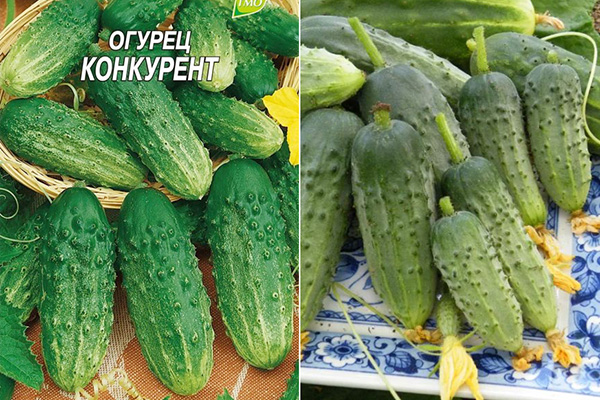
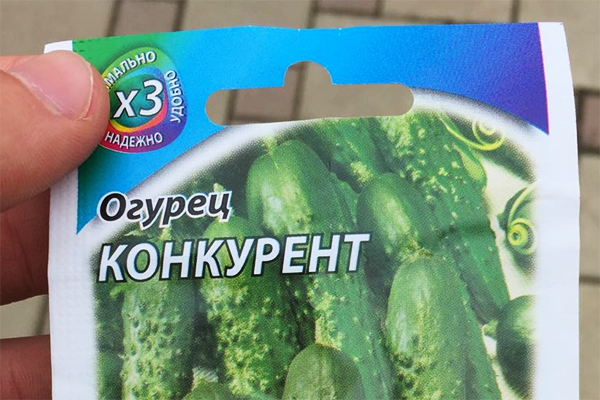
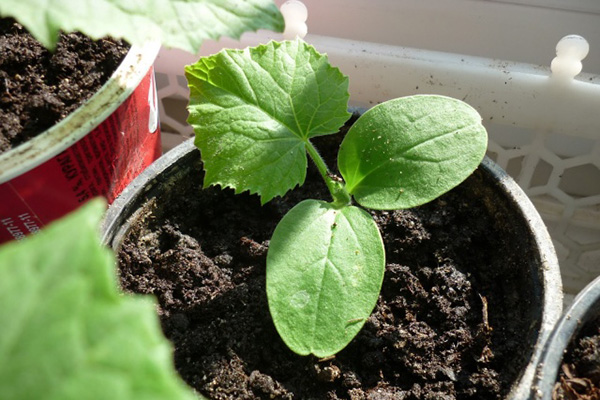
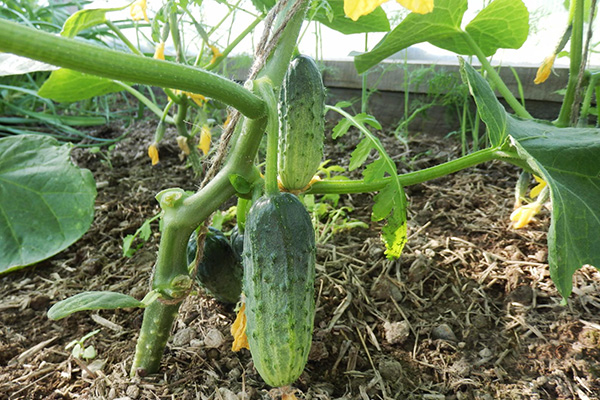
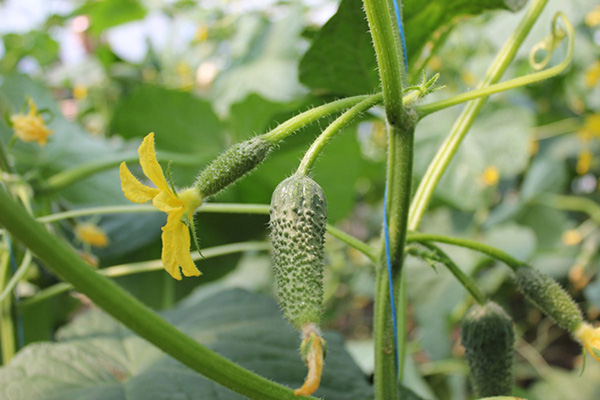
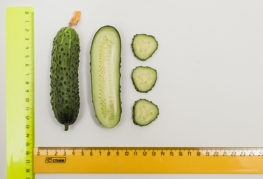
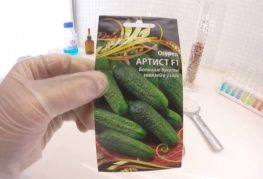
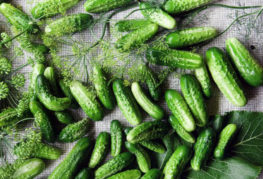

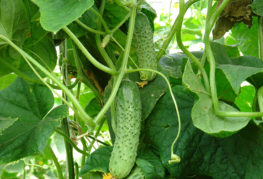
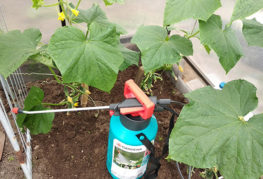
and will be published shortly.